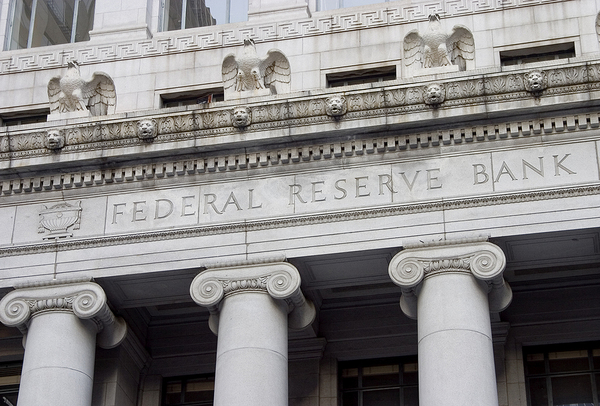View Sale Announcement Detail


Archived news
EXCERPT: The Fed Vice Chair for Supervision is exhorting the banks to lend more but realizes that there may be disincentives. One avenue banks and credit union can take is to buy high quality, shorter duration consumer assets with yields to bolster balance sheets.

Banks may have been doing a decent job at helping consumers and businesses throughout the coronavirus pandemic, but the Federal Reserve is encouraging banks to lend even more.
According to a recent article published in American Banker, Fed Vice Chairman for Supervision Randal Quarles revealed his dissatisfaction about how far banks have gone to tap into their capital to help give the US economy a boost.
He said he would also like to see banks make use of the financial cushions that were established after the economic debacle back in 2008, which were designed specifically to deal with times of financial distress, which COVID-19 has presented. But most banks haven't been taking advantage of these financial resources.
But Quarles understands that federal regulations could be partly to blame for the disincentives that may be holding banks back from lending any more than they already have. Banks may also be overly cautious about extending what they may believe to be too much credit amidst the pandemic.
This is something that Quarles will be looking at as the Fed examines why banks are not deploying more of their capital to help consumers and businesses throughout the lockdown.
Banks Not Lending as Much as They Could: A Regulatory Issue or Banking Issue?
Back in March, the central bank, as well as the Federal Deposit Insurance Corp. (FDIC) and the Office of the Comptroller of the Currency (OCC), encouraged banks to make use of capital reserves to help individuals and business owners suffering financially from the health crisis.
According to the Vice Chairman, the fact that financial institutions are not using their liquidity and financial buffers as much as they could or should may be just as much a regulatory issue as it is a banking issue.
Quarles says the Fed is currently assessing the current regulatory framework to identify what disincentives have been created in the system that can be modified so that the financial buffers created over a decade ago can be more accessible and usable in a time of economic distress like the one we are currently experiencing.

Mid-Cycle Stress Tests Being Conducted
Despite banks not lending as much as the Fed would like to see, Quarles still applauded them for setting loan-loss reserves aside and issuing credit back in the early spring when the pandemic ramped up. Using bank data from earlier in the year, the central bank is carrying out its first mid-cycle stress test to assess how capital levels at the biggest banks in the US perform under possible times of economic stress.
According to stress tests conducted earlier this year, all 34 financial institutions assessed showed their ability to maintain the necessary capital levels under multiple potential economic models of recovery from the current crisis. Under the most severe circumstances, however, many of the banks tested would have contravened the minimum levels.
Banks Encouraged to Make More Room on the Books For Short-Term Quality Assets
Banks may be faced with disincentives to lend more. But what they can still do is take a closer look at their loan portfolios to see where changes can be made. Banks may want to sell off long-term, underperforming loan assets and acquire higher-quality, short-term assets with enough yield to bolster their balance sheets. Garnet Capital has these assets as well as HELOC programs available to help create a more robust loan portfolio that can weather these trying times.
Sign up for our newsletter today, or email garnet@garnetcapital.com for more information.

